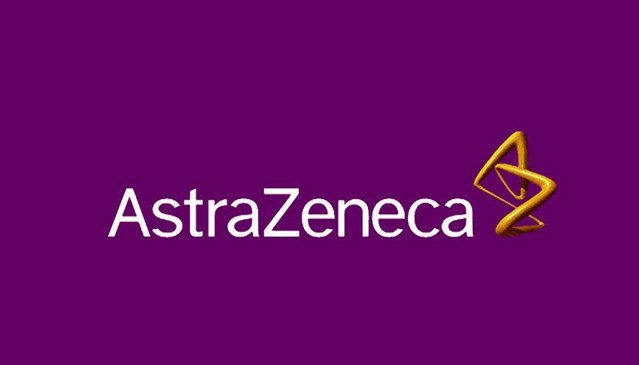
On July 22, 2015, we learned that AstraZeneca’s (NYSE:AZN) oncology candidate selumetinib had disappointed in a recent phase III trial. The news hit markets overnight on Tuesday, and as a result, pre-session trading put pressure on AstraZeneca’s stock, and we are now trading above 2% down from the levels we were looking at pre-announcement. The value of the treatment itself is obviously a setback for the company, but it is a wider perception of AstraZeneca’s current standing and outlook that markets will take heading forward. Just last year, CEO Pascal Soriot walked away from a $120 billion takeover from rival incumbent Pfizer (NYSE:PFE), pledging that he would raise revenues by 75% between then and 2024 – targets that, at the time, analysts suggested as leaving the company very little room for error over the succeeding decade. AstraZeneca is currently trading about 20% lower than it was when the takeover was on the table, and about 30% lower than the premium price at which Pfizer was willing to pick up outstanding shares as part of the deal. It goes without saying, therefore, that the latest announcement puts considerable pressure on Soriot from a shareholder perspective. However, the question is, is the selumetinib absorbable in terms of staying on progress for a 75% ten-year revenue expansion, or has it derailed this prospect? To answer, let’s take a look at the treatment, how it fared in the recent phase III, the revenues AstraZeneca stands to miss out on as a result of the failure, and finally, whether or not it can claw back any of these revenues on alternate indications for the treatment.
First, let’s address the science. Selumetinib blocks an enzyme called MAPK kinase, which is an integral part of the MAPK pathway – a chain of proteins that communicates and processes input from a range of growth factors in a cell. In cancerous patients, this communication can activate a mutation in a gene called BRAF, and can lead to further mutations and proliferation of cancer cells. By blocking the MEK1 and MEK2 subtypes of the MAPK kinase gene, selumetinib (hypothetically) can be put to use treating a range of cancers – and in this instance – uveal melanoma, a cancer that causes tumor cells to grow in ocular tissue and has an incidence rate of about 2000 in the US annually. The company did not report specific figures as far as trial data is concerned, but instead chose to simply announce that the phase 3 study of selumetinib in combination with dacarbazine (an older, standard of care treatment) failed to reach its primary endpoint of progression free survival. The results also showed an unreported adverse event profile compared with the aforementioned standard of care. It’s worth mentioning that markets reacted particularly negatively to the release, as mid stage data suggested blockbuster results and had AstraZeneca investors poised for a quick approval.
So what sort of revenues were we looking at four AstraZeneca if the company succeeded in phase III and achieved approval? Well, as mentioned, the incidence rate for this treatment is relatively small. However, the cost for current treatment options is high. The two standard of care treatments are either radiation therapy or surgery to remove the eye altogether. Since we are looking at treatment rather than removal, it is reasonable to compare the former with selumetinib rather than the latter. The two types of radiation therapy available are what are called brachytherapy and proton beam therapy, which according to a National Cancer Institute study that compared the treatment on a base case incremental cost effective ratio with a enucleation (complete removal), come in at $77,500 and $106,100 respectively. While it is unrealistic to suggest that AstraZeneca could have achieved high percentage saturation within 3 to 5 years, low double-digit market share is not unreasonable. At a conservative cost of $50,000 per treatment, selumetinib could very easily have become a mid double-digit million dollar candidate for the company.
All this aside, AstraZeneca continues to develop the treatment for a number of different indications, including thyroid cancer and non-small cell lung cancer. With these further indications, analysts put 2020 sales at a little over $305 million. This, of course, is assuming we don’t get a turnaround in fortunes as we have seen with the ocular indication.
So what’s the takeaway here? Using some rough calculations, it looks as though the recent failure stands to cost AstraZeneca at least $40 or $50 million in forsaken revenues – approximately 18% of its total forecast for selumetinib revenues in 2020. However, it’s not by any stretch of the imagination a fatal blow for the company’s projections. With a number of larger incidence rate target cancer treatments in the pipeline, including AZD9291, Lynparza and MEDI4736 – all of which could be billion-dollar blockbusters if approved – the company is still on track for its 75%, decade long revenue increase. Long term on track, yes, but temporarily derailed – undoubtedly.
More stories from Market Exclusive:
Phase III Success Makes this Company a Potential Blockbuster Biotech




